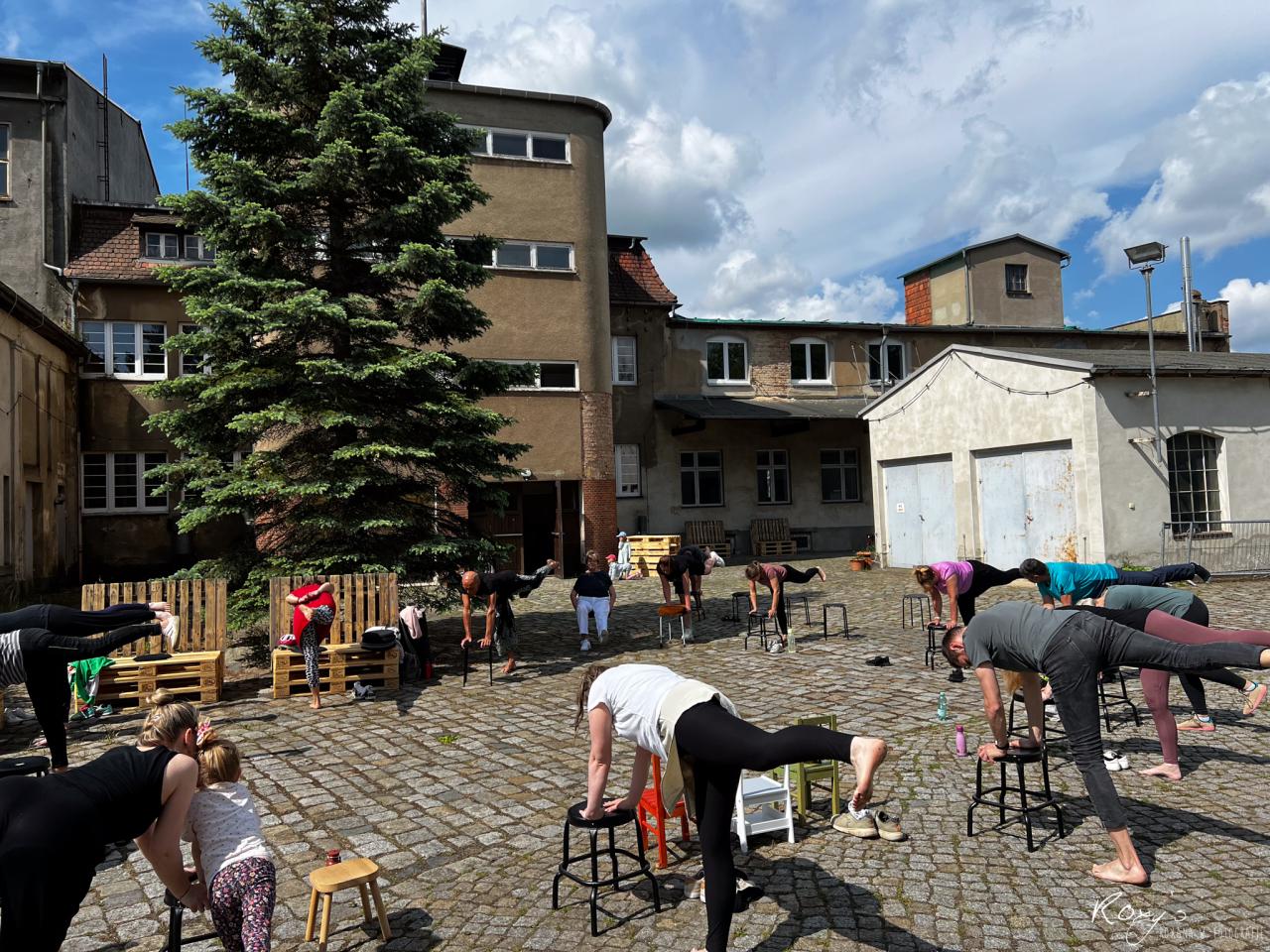Experimenting, prototyping, … bringing to life!
Let’s become familiar with it!
Some of partner cities have struggled engaging with their local communities and wanted to make their GreenPlace areas (transformation of a green area in Vila Nova de Poiares, conversion of a former tram depot in Bucharest-Ilfov and regeneration of a former Civic Centre in Quarto d’Altino) familiar to residents and potential future users, as well as to start co-designing its future uses. They addressed this by organising guiding tours of their GreenPlace areas. In Vila Nova de Poiares, the targeted children and young people, also focused on raising their awareness on the protection of the environment. In Bucharest, the participants were the members of the ULG, together with academics from the Urboteca Fellowship Project to physically engage with their area. In Quarto d’Altino, one tour (by bike or foot) focused on the general public, whereas the other one focused on students (by bike) – both tours interested in questions of landscape, naturalistic, historical aspect and health.
In all cities, the tour took place over half a day, guided by local experts. The Mayor of Vila Nova de Poiares even took part in the tour and could be addressed directly by children!
During these visits, the projects’ state of the art was presented. In Vila Nova de Poiares, the visit emphasized environmental benefits and sustainability while presenting the future design of the site. In Bucharest, the site visit provided participants with a direct understanding of the spatial and environmental context. In Quarto d’Altino, the two visits were completed by academic presentations and closed with a buffet.
As a result, in all cases, the participants provided suggestions for the design of the areas. In Vila Nova de Poiares children have become familiar with environmental issues and the future projects. The presence of the Mayor confirmed political commitment. In Bucharest, the common understanding of the issues and potentials of the place have been acted and further actions with the ULG members have been laid out. In Quarto d’Altino, the ULG learnt to organize and jointly manage events, from communication to practical execution and was able to assess public satisfaction, and collect feedback on the area.
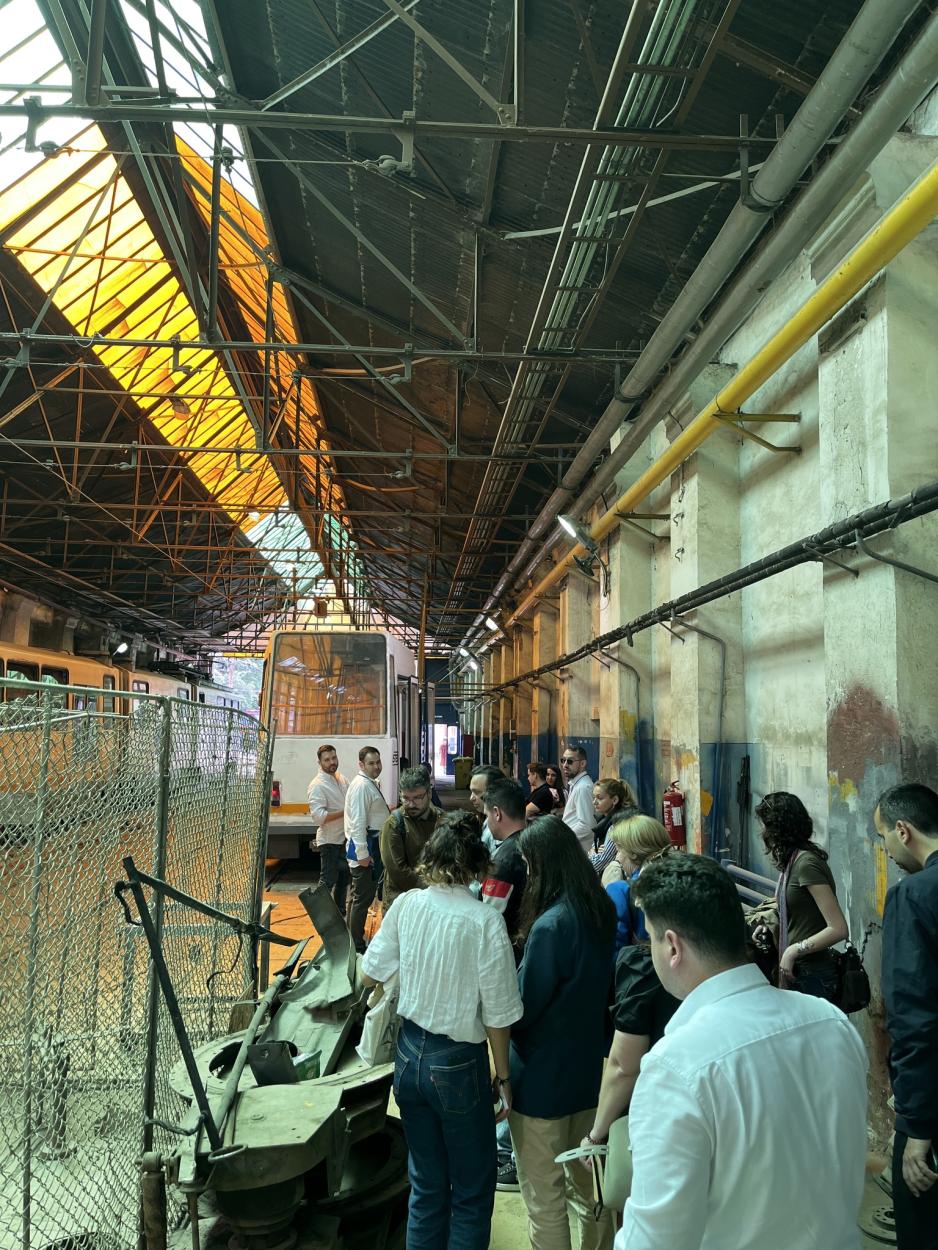
Guided tour of Victorei Tram Depot, Bucharest, 20 May 2024 © City of Bucharest
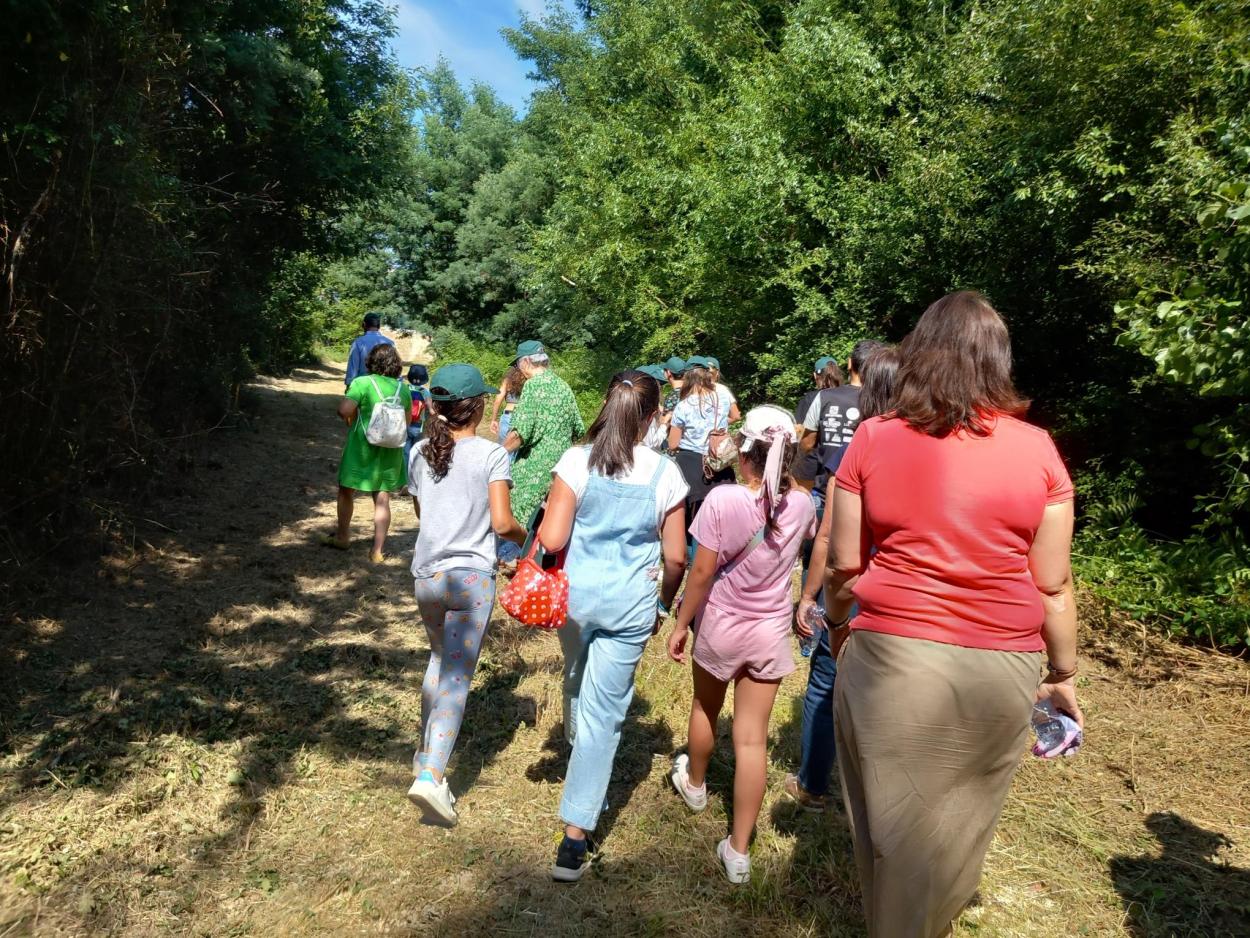
Guided tour of Green Park, Vila Nova de Poiares, 4 June 2024 © City of Vila Nova de Poiares
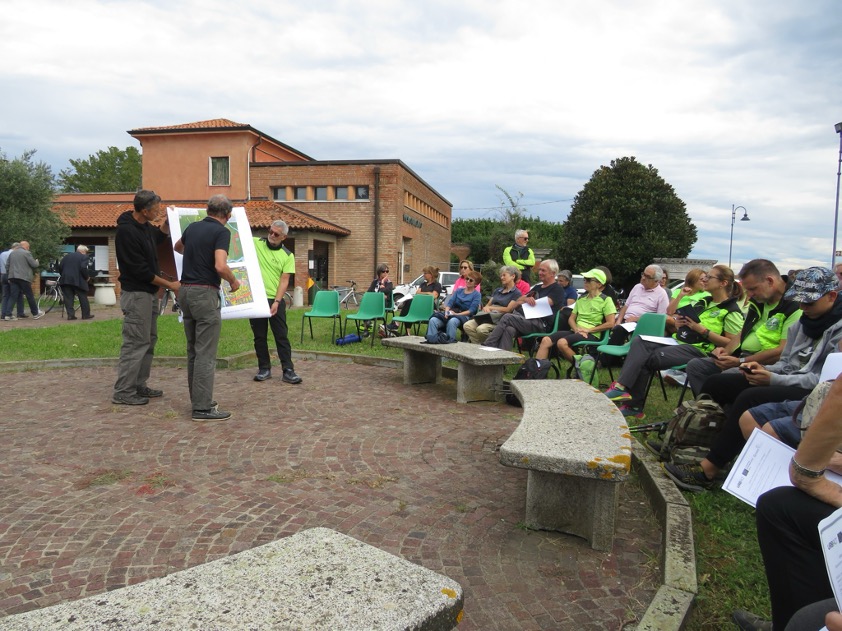
Guided tour of Altino, 14 September 2024 © Quarto d’Altino
Let’s figure it out!
This is what the cities of Onda and Wroclaw have decided to embark their ULG members on! For this purpose, they organised hackathons focused on their GreenPlace areas ( the regeneration of a former tram depot in Wroclaw and a newly developed area – “GreenLung” – in Onda).
Indeed, hackathons are a fast and efficient way of working on design of tools and strategies to put the solutions into practice on specific topics. They always encompass interventions from experts as well as working moments in small groups and recap moments to present shared ideas. In both cases, the hackathons started by a study visit of the GreenPlace area. Then, in Wroclaw, the hackathon was designed as step-by-step approach starting from the potentials of the place to the localisation of green-blue solutions, via the identification of the potentials of the place, mapping the potentials of the depot, designing social activities, work on identifying conflicts between the proposed projects. In Onda, the hackathon was organised around three challenges (renaturalisation, heritage and Decarbonisation) and concluded with an award ceremony.
In each case, a strong focus was put in each case on the academic profile of participants. For example, in Onda, 28 participants of 56 (half of them!) were students, 6 were professors and 3 university staff. Another large part, 18 out of 56, were professionals from the sectors.
Both cities have now collected ideas and priorities about future projects to be developed in the area, as well as potential stakeholders to be part of - or lead - these actions.
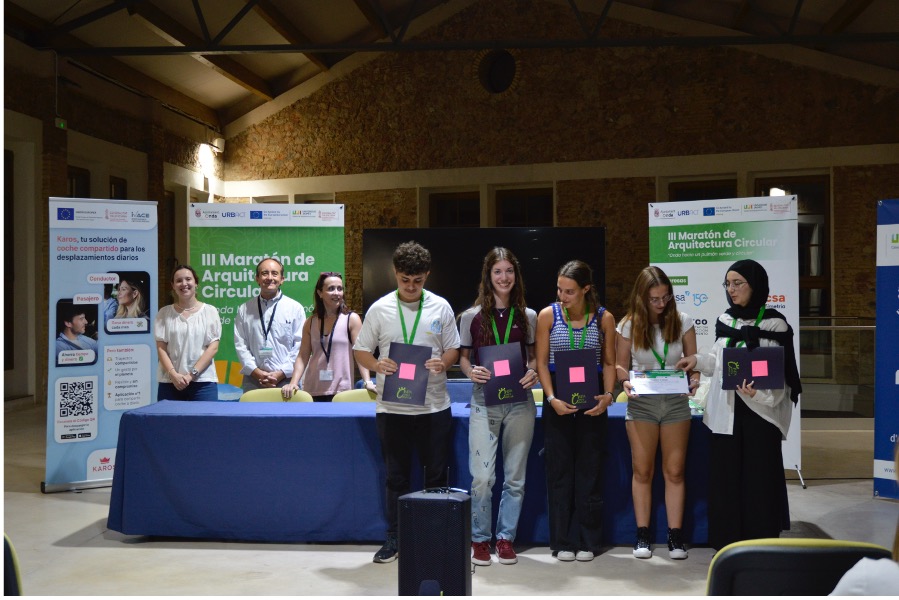
Onda's Hackathon Award Ceremony, 5October 2024 © City of Onda
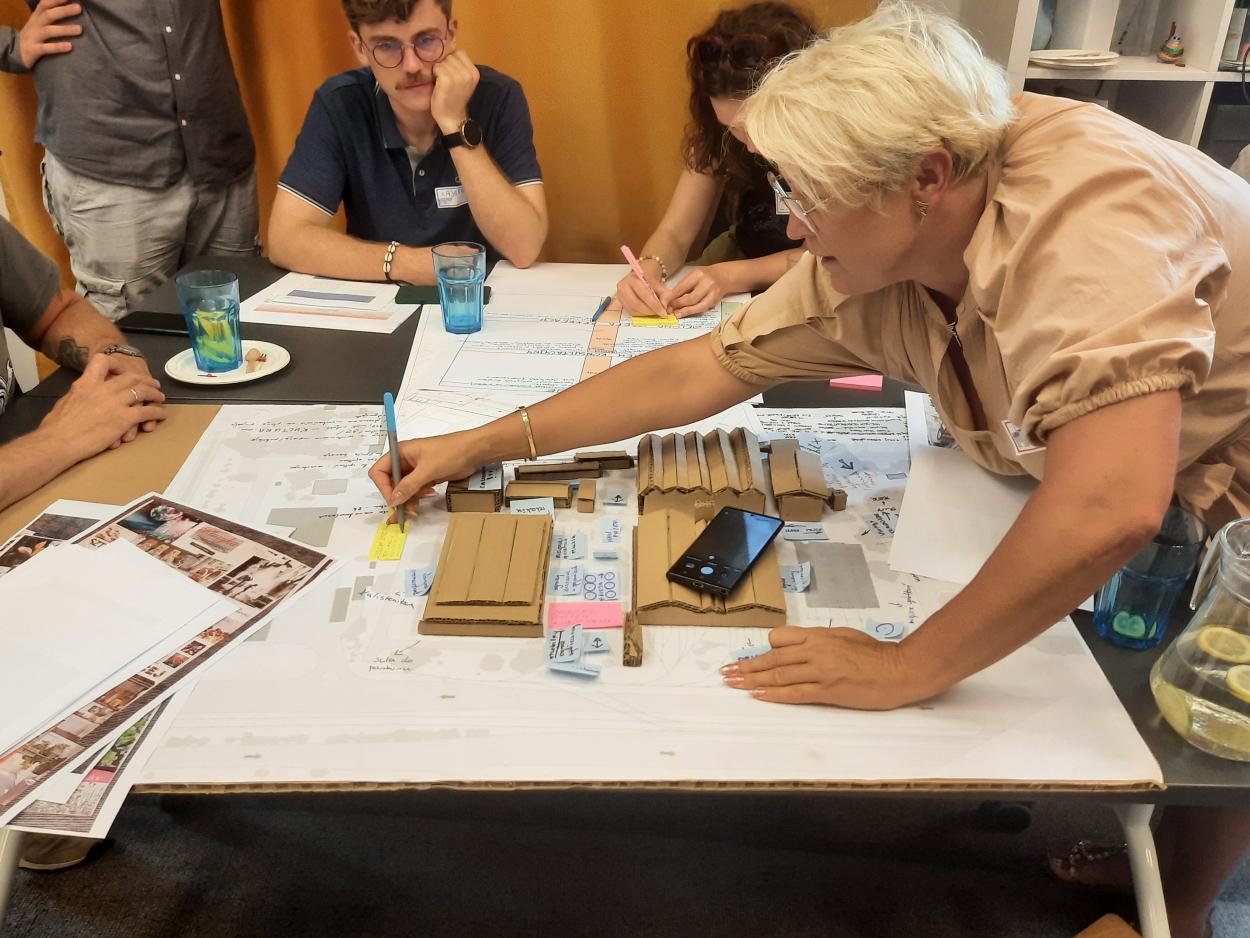
Hackathon in Wroclaw, 11 July 2024 © City of Wroclaw
Let’s test it!
Three other Project Partners engaged in experimenting new activities on the GreenPlace areas (part of a medieval wall in Limerick, a former Noodle Factory in Löbau, former military barracks and their hills in Nitra). The purpose of these multiple activities was plenty fold:
• To raise awareness about the area – putting in on the map and discovering its potential
• To test and co-create activities and ideas for the future of the site
• To engage with the local communities and break down barriers – immediately and for the long-erm
• To get immediate feedback on local issues and on the project
• To test interest and collaboration within the ULG
All these activities were reiterated multiple times over several days or months. Limerick organised three social events: a tree Planting, a Medieval May Fair and a Heritage Festival. It also combined these with landscape design with a drawing to show potential for the area, how to increase biodiversity/greenspace, permeability and play.
Löbau organised a call for interest to use for free the rooms of its empty noodle factory, with activities for the general public. A total of 5 Workshops, 3 Yoga classes, 2 Music classes,2 Sports classes, 2 Garagecafés , 2 Garagebars, 8 creative/crafts classes, 3 exhibitions, 1 church service were organised as well as outdoor activities (e.g. open air cinema).
Nitra organised two social events on its GreenPlace: a 3-day programme called Open Days, „Nitra, milá Nitra“, and the Days of Architecture - combined with an exhibition of student proposals for site transformation.
During the events, the cities collected various feedback on what worked well or not so well, as well as for future ideas. The three of them have been very happy about the attractivity of the place and the number of visitors. As an example, Löbau was hoping for a minimum of 6 activities with 500 guests: they eventually organised more than 30 activities with 800 guests, with a large local coverage on social and traditional media.
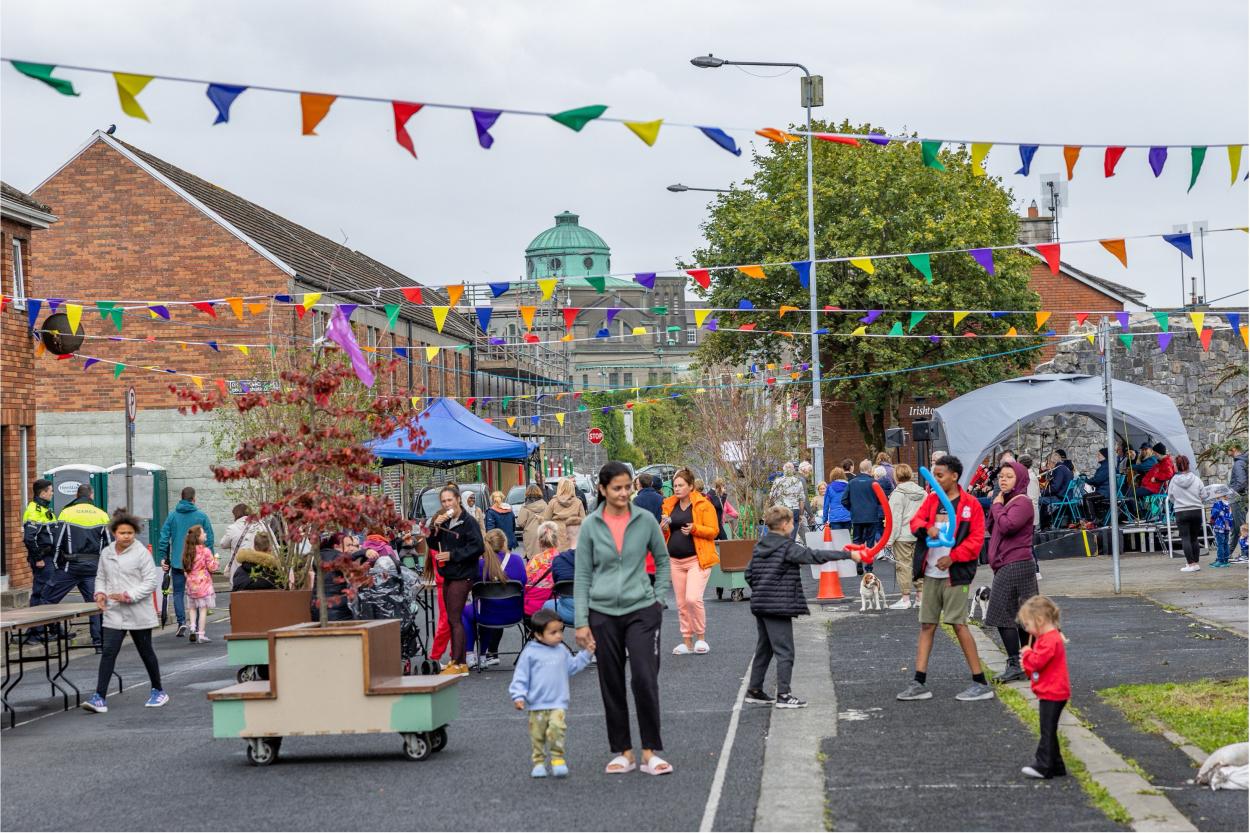
Heritage festival, 25 August 2024 © City of Limerick
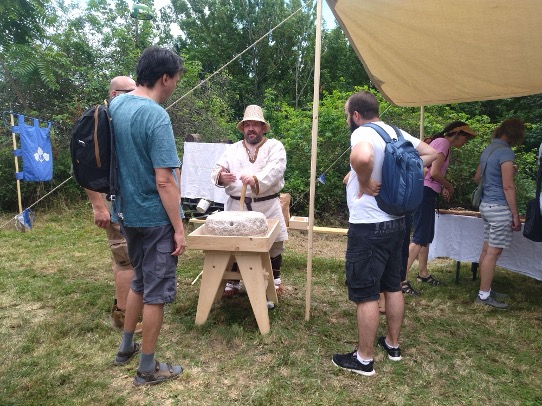
Open Days on Martin's Hill , 6 July 2024 © City of Nitra
Did it all work smoothly?
Notwithstanding the overall success of these activities, being experimentations, they were not “perfect” and enabled extracting lots of learnings useful for the future IAP development.
For example, some of them identified the lack of data to implement envisaged solutions (e.g. Limerick lacks data in Irishtown to display the history for locals and tourists in digital way) or the miscommunication to target right audiences for some activities (e.g. youtubing and podcasting for young people in Löbau).
The experimentations did stress out some major challenges for such experimentations:
• The legislation around the temporary activities in abandoned buildings
• Safety concerns in some areas (e.g. functioning tram depots).
• Weather uncertainties
• Communicating well about the actions and at the right moment about the activities
• Finding activities that would enable all participants/resident’s to mix outside their own individual area (e.g. as music , dance …).
• Moving away from theoretical discussions to be more practical
• Covering the entire areas (which are sometimes quite large)
Why didn’t I come here earlier?!
There is still a (long) way to go for some of our cities to get to these ideal areas or buildings that would attract residents for activities they need. Temporary activities have shown their strengths, together with their limits and legal/security challenges. Yet, what all activities have shown is the interest of residents once consulted. There is a need and a wish for the GreenPlace areas to change, to become greener, to become real centrepiece of the neighbourhood.
The results of the already implemented experimentations and the on-going and upcoming ones have enabled GreenPlace Partners not only to work towards a more robust IAP drafting, but all in all to develop more meaningful projects, more meaningful cities. Even if GreenPlace were to stop at this point, residents would definitely have started to dream about going back to these dreamed areas and buildings.
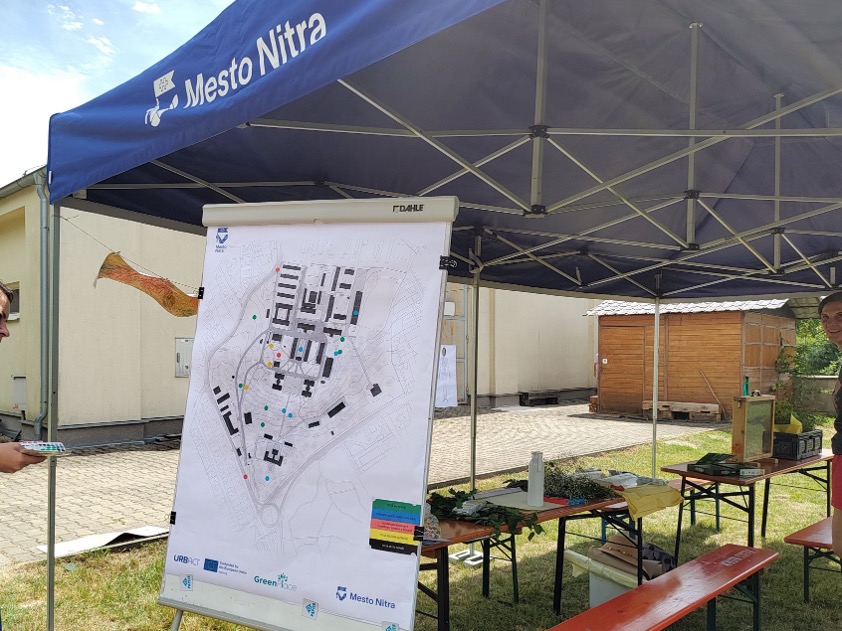
Collecting feedback during the Open Days on Martin's Hill , 6 July 2024 © City of Nitra
Article written by Marcelline Bonneau on 19/12/2024

